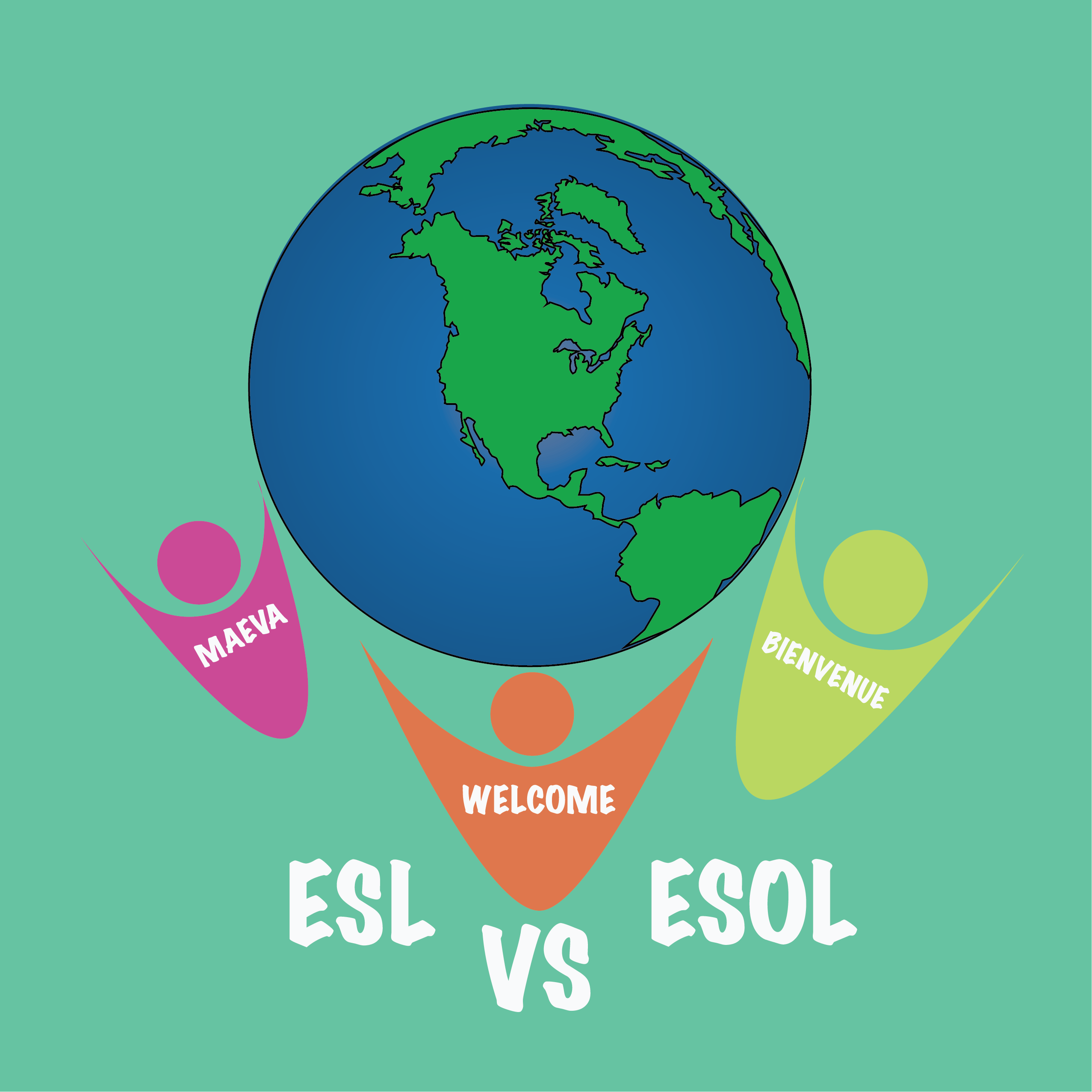With increasing numbers of English language learners (ELLs) in schools, teachers require proper training to effectively educate this diverse population. There are several common certification types for instructing ELLs, including English as a second language (ESL) and English for speakers of other languages (ESOL).

ESL focuses on teaching English to nonnative speakers living in an English-speaking country, as ESL teacher Tom Brock explains, “Teaching ESL allows me to help others adapt to living in an English-speaking country while sharing knowledge about my own culture too. It’s incredibly rewarding.”
ESL is often connected to K-12 schools to support nonnative English speakers and teaches day-to-day communication and academics. ESOL more broadly covers teaching English to nonnative speakers in any context, including both ESL programming and English instruction in non-English speaking countries.
According to Brock, ESL students face challenges like, “Many struggle with verbal fluency at first, especially conversational informal English. Idioms and slang expressions can also be confusing.” But ESOL allows students to learn English for professional or academic purposes.
ESOL student Michael Chen notes one of his biggest challenges, “Mastering listening comprehension when people speak quickly. I understand grammar but need to work on processing native speed.” He adds that incorporating Chinese materials helps him relate better to the lessons. The key differences between ESL and ESOL certifications relate to context and purpose.
Utilizing proper teaching strategies for ELLs facilitates language acquisition either way. Effective approaches include tapping into students’ prior cultural knowledge, using visual aids, encouraging oral communication, and collaboratively pairing students. Teachers should promote a supportive environment that reduces anxiety and builds confidence.
Additionally, building classroom communities among ELLs allows them to learn from each other’s diverse backgrounds. This can involve fostering teamwork, defining shared goals, including former ELLs, and inviting family members into school activities, facilitating participation and motivation.
Overall, certifications and community-building teaching methods can help educators effectively meet the needs of the growing ELL population with caring and culturally relevant education. Creating an inclusive environment is key for ELL success.

